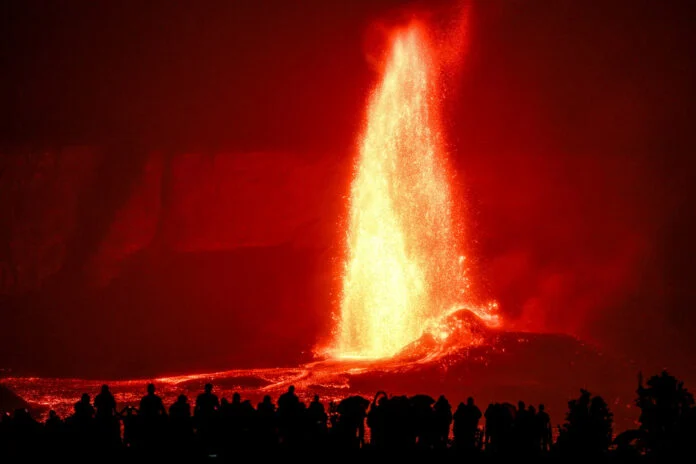In the cradle of ancient civilizations, amidst the sands of North Africa and the historic landscapes of Rome and Jordan, lie remarkable vestiges of the mighty Roman Empire. These well-preserved cities stand testament to the grandeur of an ancient superpower, capturing the essence of daily life, architectural wonders, and historical significance of the Roman era.
Shemilla, located in Algeria, stands as a silent witness to a bygone era. Established as a Roman colony during Emperor Nerva's reign, the city retains its Roman heritage while bearing witness to its eventual abandonment following the fall of the Roman Empire. Eerily, Shemilla never saw reoccupation by Muslims, further enhancing its historical allure.
Meanwhile, in the ancient capital of the Numidian kingdom, Dougga thrived under Roman rule, boasting an array of remarkable public buildings. Offering exceptional insight into daily life in ancient Rome in Africa, Dougga's well-preserved remnants stand as a testament to the architectural prowess and societal structures of the time.
Transitioning to Europe, Ostia, Rome's first colony, emerges as a poignant reminder of Rome's maritime power. As a major port city with a peak population of 100,000 inhabitants, Ostia played a crucial role in trade and commerce. Its well-preserved structures, including apartments and public facilities, provide a window into the vibrant life of an ancient port city.
In the Levant, Jerash, serving as a well-preserved Roman city in Jordan, illuminates the empire's influence in the region. Founded as a Hellenistic city in the 2nd century BC and developed during the Roman period, Jerash faced eventual abandonment due to plundering by the Sassanid Persians, the arrival of the Arabs, and devastating earthquakes, thus ending its Roman era glory.
The tragic tale of Herculaneum rekindles the memory of Mount Vesuvius's devastating eruption in 79 A.D. Submerged beneath volcanic ash, the town has yielded some of the best-preserved buildings from the Roman era, including intact wood furniture, wall decorations, mosaics, frescoes, and a statue with original paint. The well-preserved remnants offer a vivid glimpse into the opulence and tragedy of ancient life.
Tingis, a well-preserved Roman city with a remarkable grid system, takes us back to the coasts of North Africa. Founded as a military colony by Emperor Trajan, Tingis prospered throughout the Roman era before facing partial destruction during the Vandal invasion in the 5th century and its final downfall with the Arab invasion.
Leptis Magna, hailed as a significant trading post with a natural harbor, thrived under the rule of native emperor Septimus Severus. Its wealth and prominence under his reign led to the embellishment of the city with monumental structures, emphasizing both its economic and cultural significance during the Roman Empire.
Lastly, Pompeii—buried under ash by the fateful eruption of Mount Vesuvius—has been meticulously unearthed to reveal its ancient splendor. Founded in the 8th century BC and influenced by the Greeks, Pompeii has been a subject of major excavations since its rediscovery in the 16th century, offering a mesmerizing glimpse into ancient Roman city life.
As we stand amid the echoes of history, these cities stand as remarkable testaments to the grandeur and far-reaching influence of ancient Rome. Their careful preservation and ongoing exploration offer insights into the daily lives, architectural marvels, and societal structures of one of history's most significant civilizations.
In conclusion, exploring these well-preserved Roman cities in North Africa, Europe, and the Levant is a journey through time, unveiling the tapestry of ancient life and the enduring legacy of the Roman Empire. Each city has a unique story to tell, weaving a narrative that transcends centuries, carrying us back to the glory and tragedy of a civilization that shaped the world.










